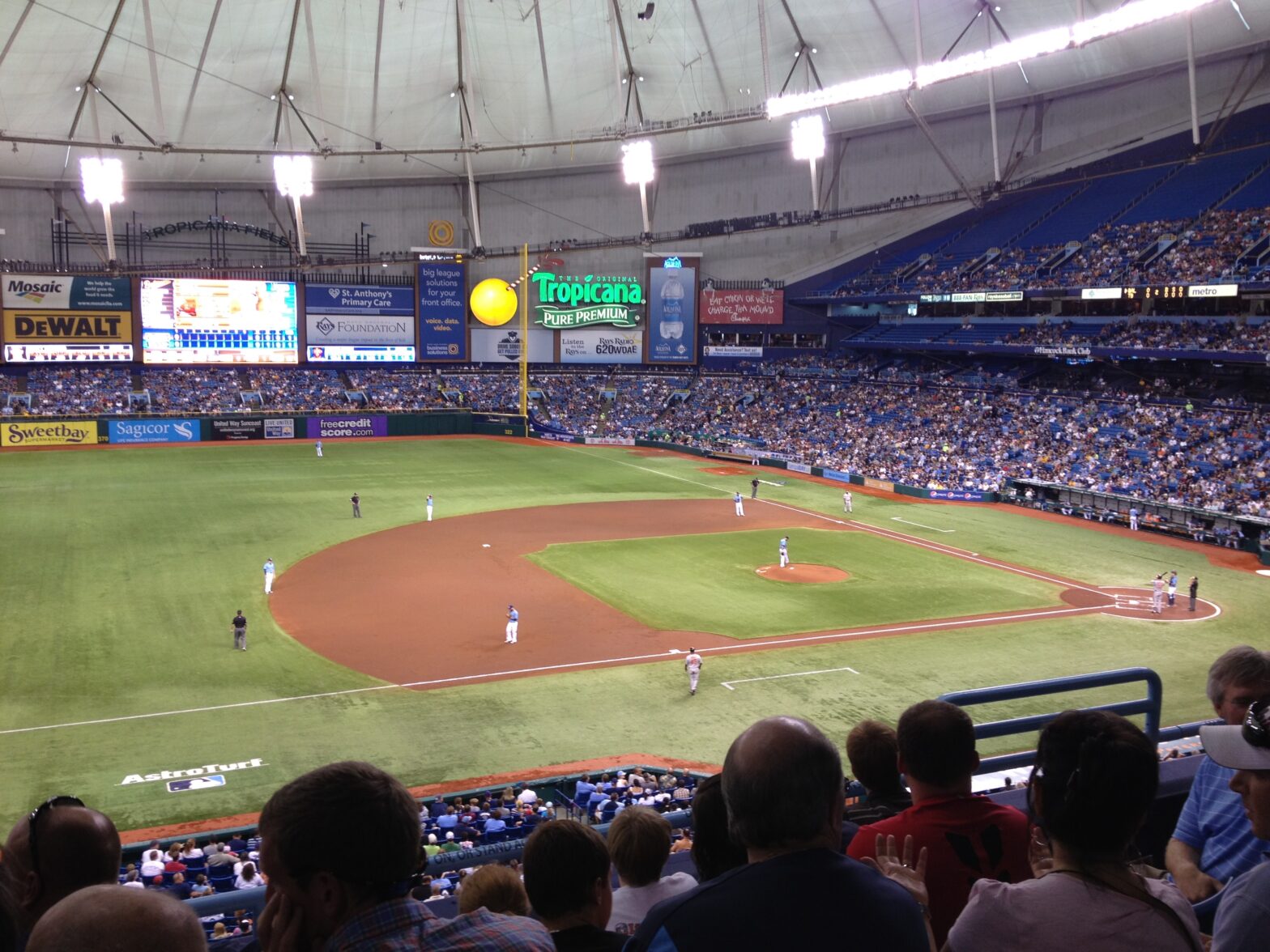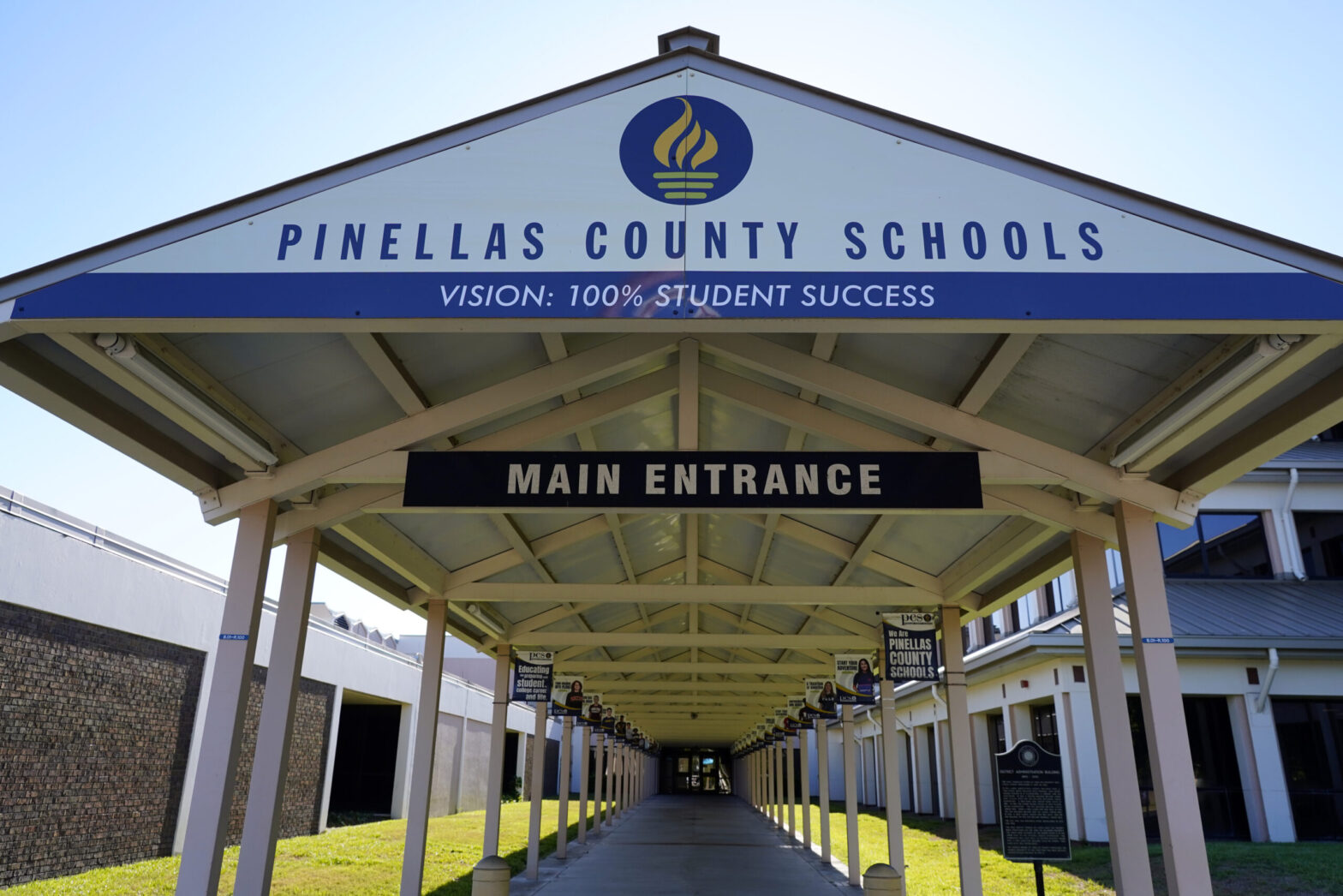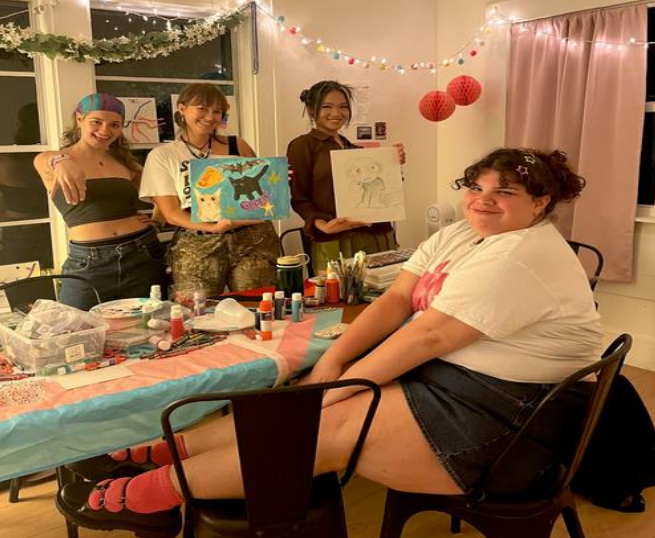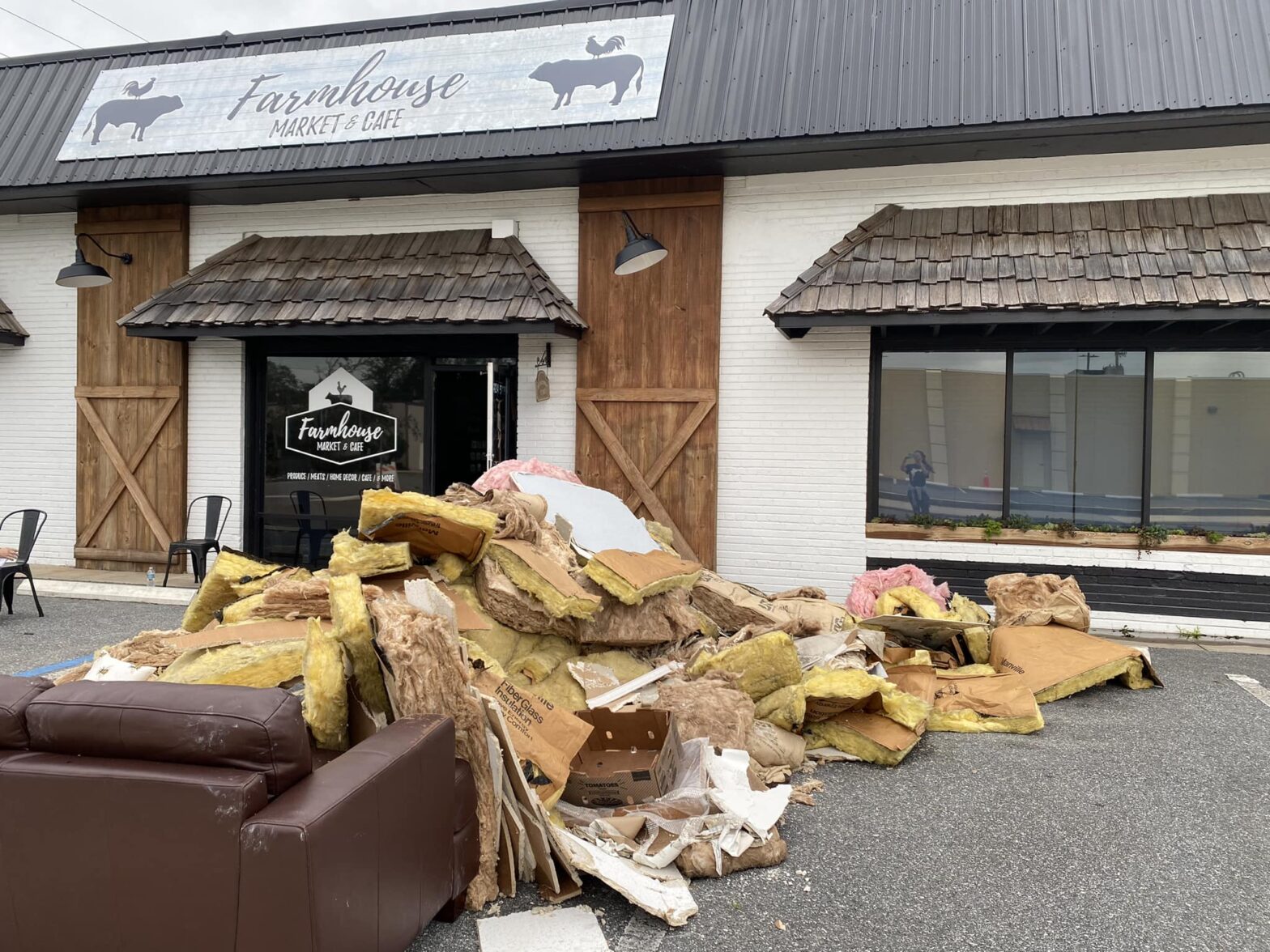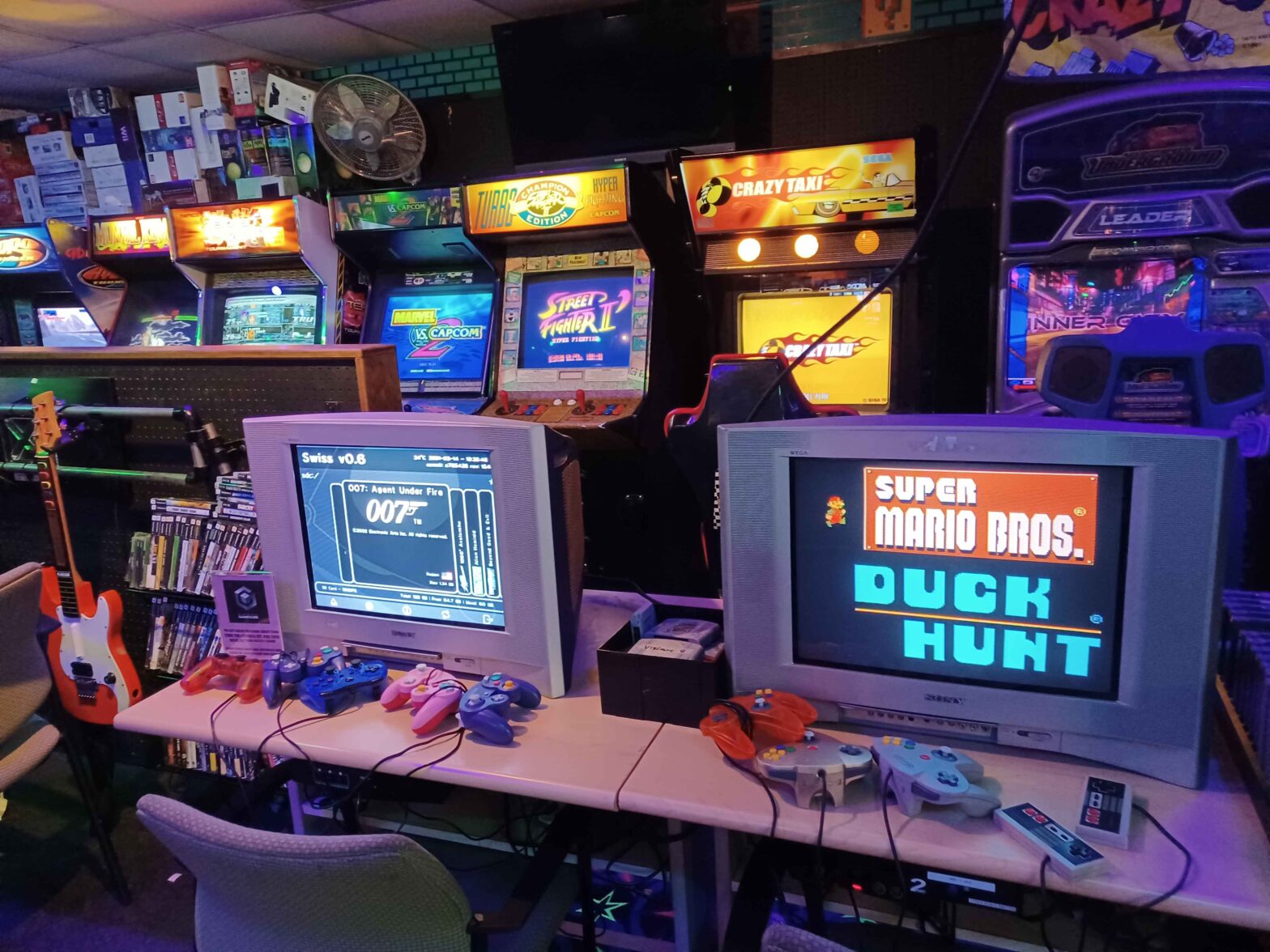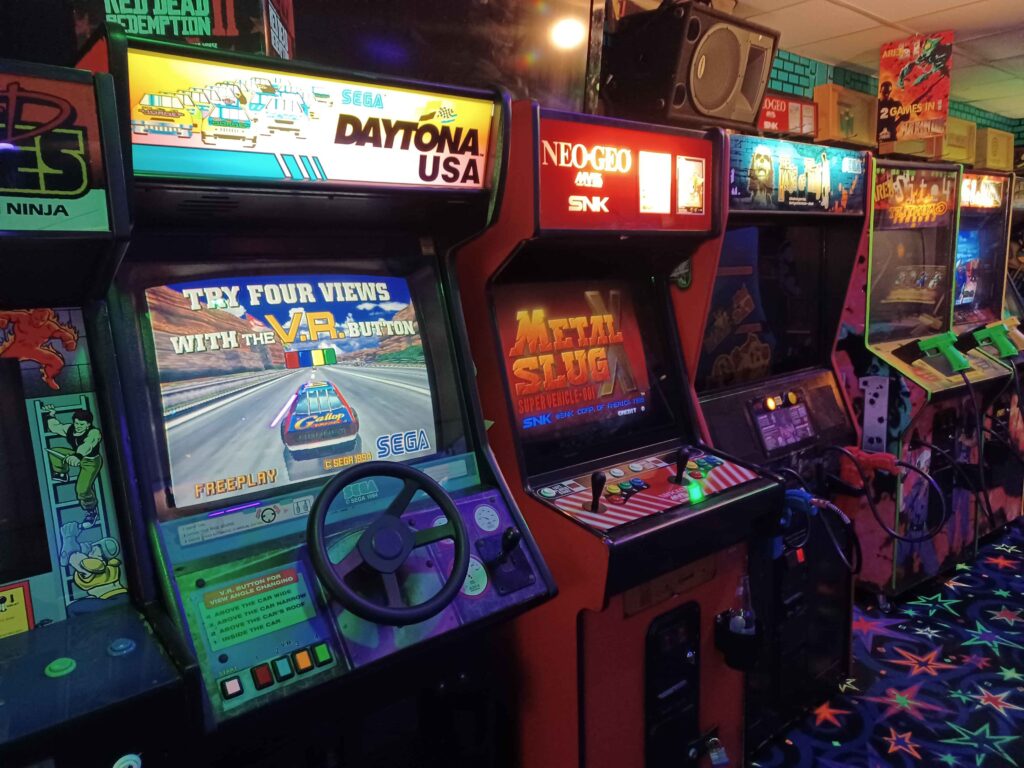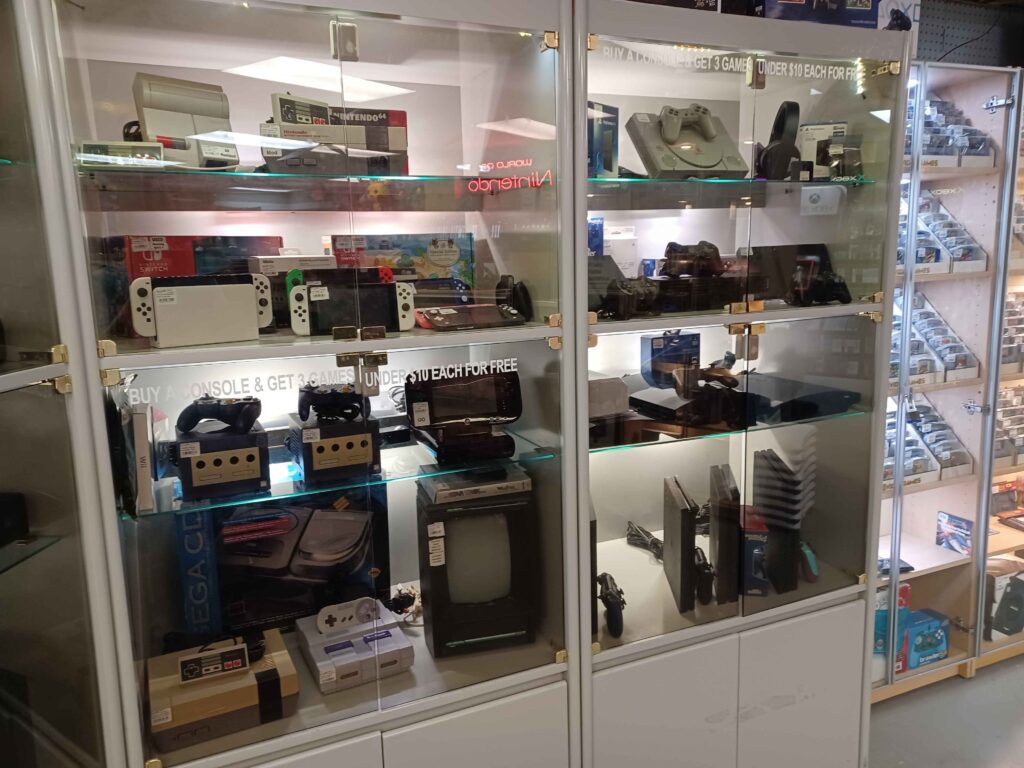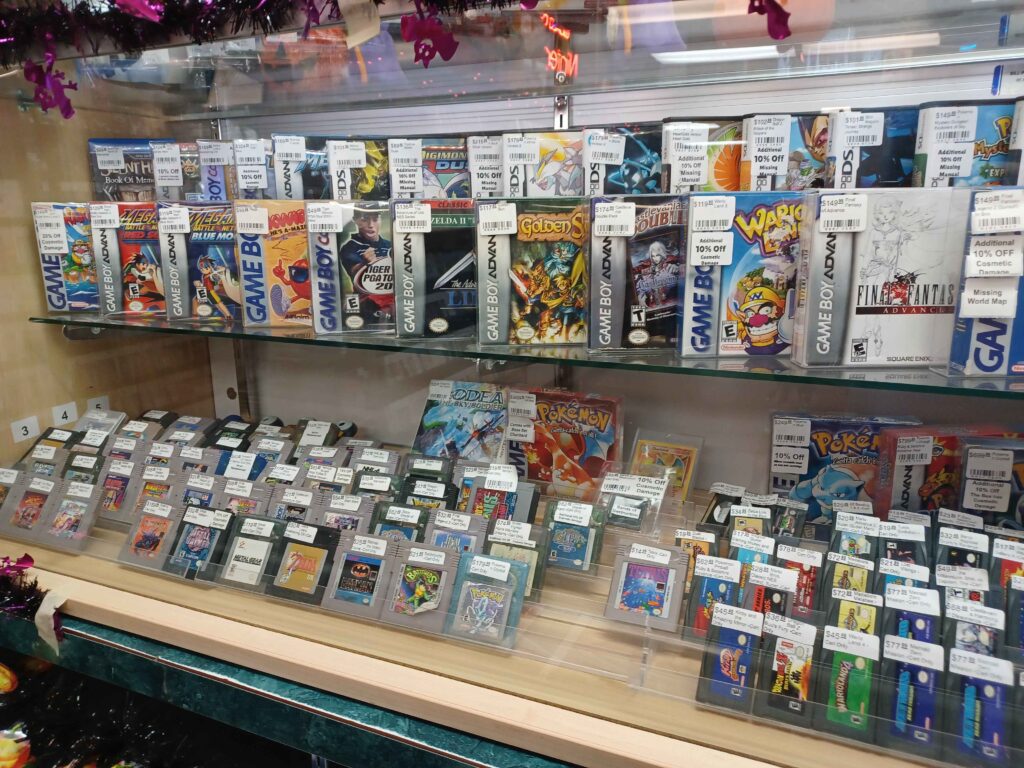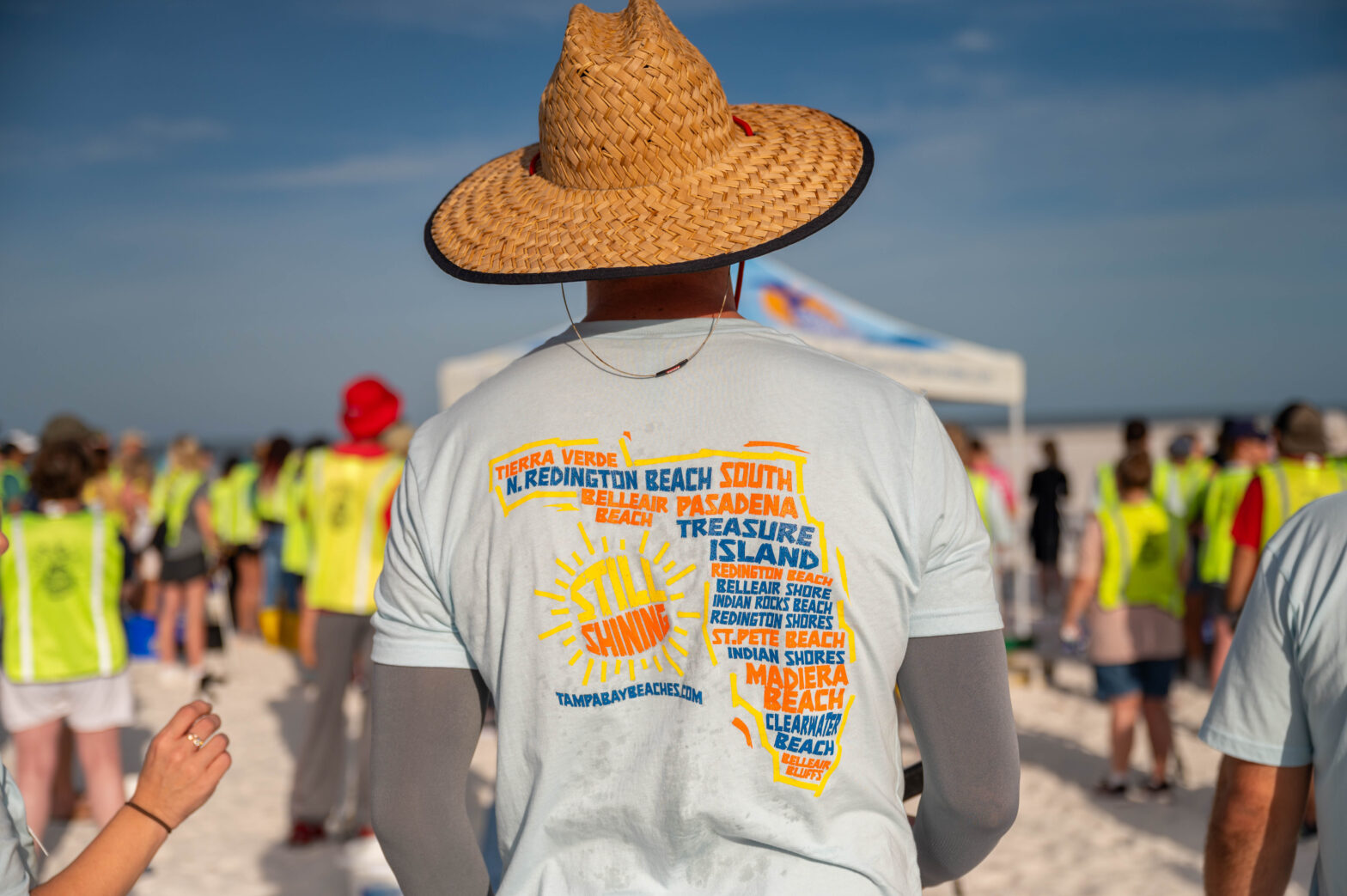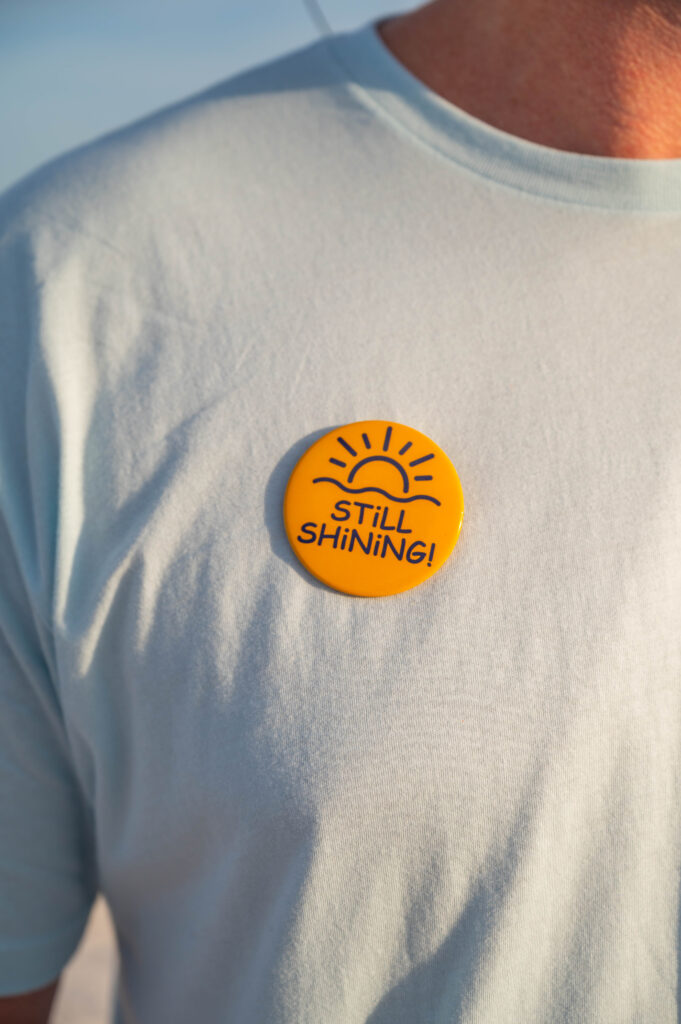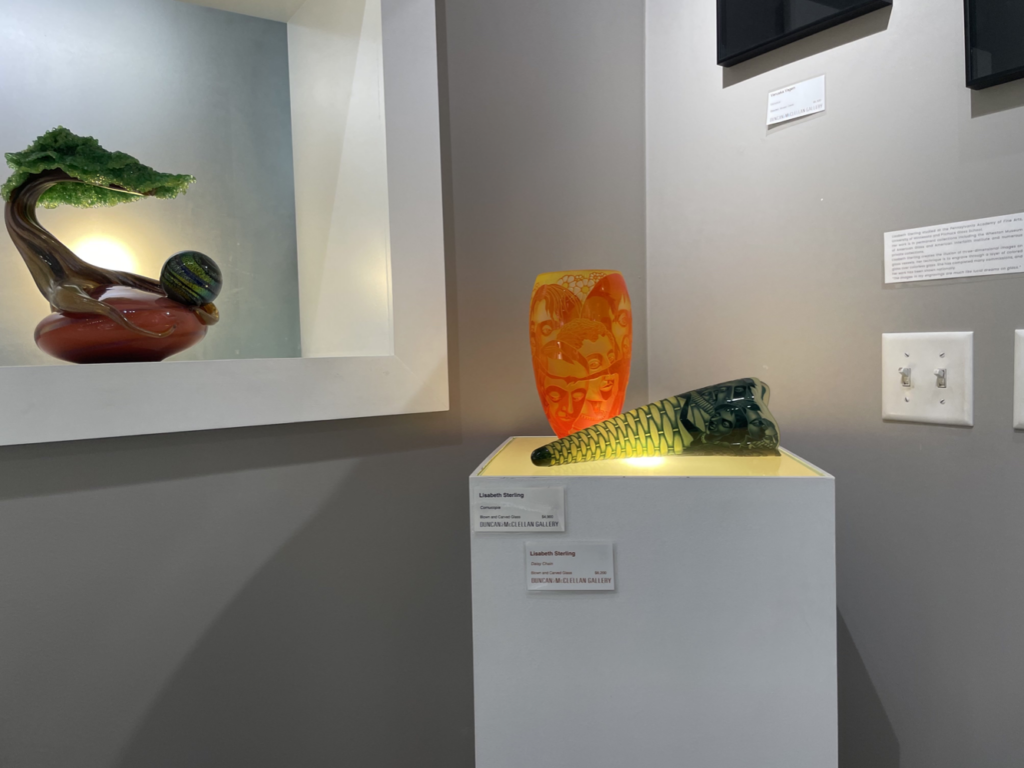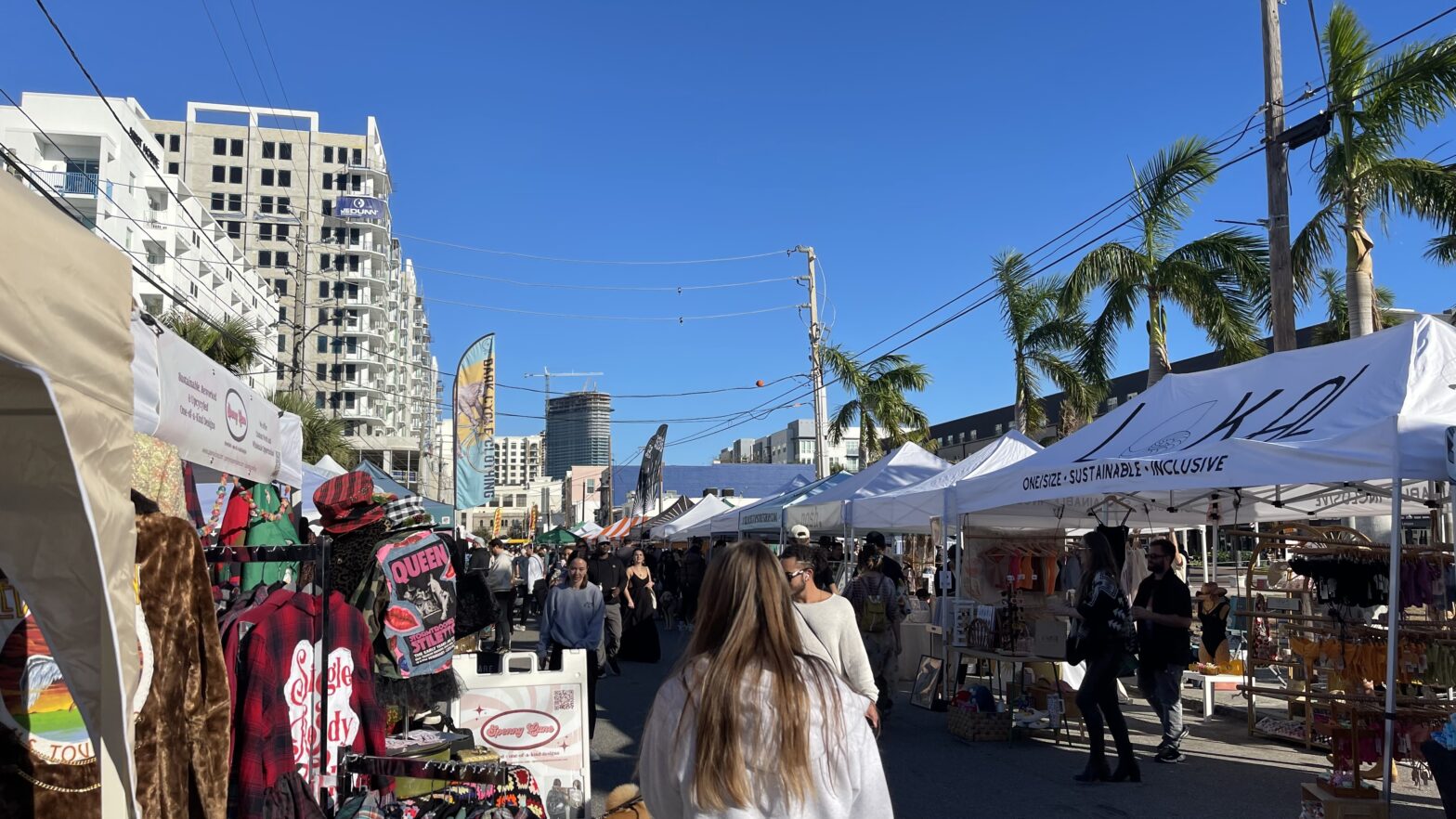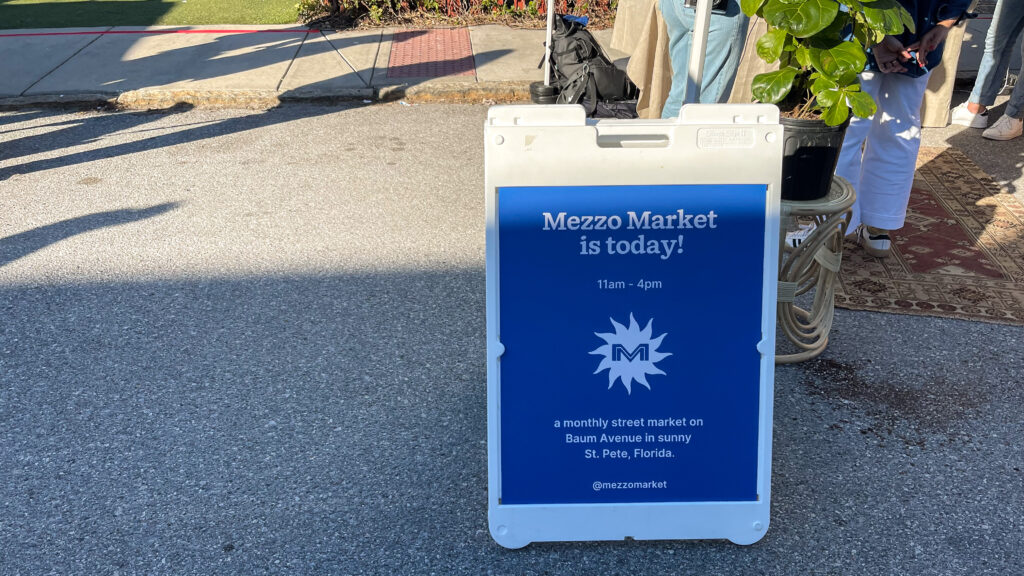By Skyla Rogers
Over the past two decades, steady development has transformed St. Petersburg’s Historic Gas Plant District from a hidden gem into a bustling city. Its boom in population and change in infrastructure has left locals cautiously looking toward the future of the city.
St. Petersburg resident, Donna Smith, moved to the city in 2003 from Tuscaloosa, Alabama.
“It was kind of smaller then,” Smith said. “It wasn’t a tiny town. It had all the bells and whistles of a city, but … it was nothing like it is now.”
As the city experiences the current boom in population, Smith said she’s noticed the city change firsthand through “more traffic, more people and less ease of movement.”
According to Smith, the city isn’t the same as it was 20 years ago. Beach trips and visits downtown take strategic planning because parking has increasingly become an issue.
Another resident, Don Plese, has lived in St. Petersburg for eight years and in the surrounding area for decades more. He said he worries that the city won’t be able to handle these changes.
“It’s kind of scary right now downtown,” Plese said. “You see those 46-story condominiums going up and another one right next to it, and you know those people are going to live here and they’re going to drive here. They’re going to use utilities, and I think the growth should be slow and well planned.”
Monica Kile, former executive director of the organization now known as Preserve the ‘Burg, spent years in St. Petersburg working to preserve historic buildings throughout the city.
“If you want to have these businesses downtown you need to preserve some of these older buildings so that they have an affordable place to rent,” Kile said. “[Older buildings] have a certain look and feel that you can’t get with a new building. When you lose those, there’s no getting back that unique historic feel of the city.”
Plese said his focus is on whether the city can handle its current growth and how that growth might impact the residents, but Smith said she believes the city is doing a fine job thus far.
Regarding the busy streets and limited parking, Smith references the SunRunner, the region’s first bus rapid transit service.
“The SunRunner was a good way to try to alleviate parking problems at the beaches and downtown,” Smith said. “You can just jump on and ride down from any stop all the way across town.”
Smith said she is optimistic about the changes facing St. Petersburg and appreciates the amenities that come with a growing city, while Plese explains that his views might stem from his older perspective, claiming he no longer has the busy life that younger residents may value.
“We’ve got a beautiful city,” Plese said. “I think it’s kind of a hidden gem. It’s beautiful and I hate to see it be diminished, however, if I was [younger] and I was looking at more opportunity for jobs and businesses and nightlife going on, I might have a different opinion.”
With talks of repairing Tropicana Field after hurricane damage and the construction of a new stadium by 2029, some residents may worry about where their tax dollars are going.
According to Smith, the Tampa Bay Rays have been looking for a reason to leave the city for years. She said the team leaving the city could affect the revenues since “the city gives a lot of money to keep the Rays here already.”
In the last year, the county commission voted to invest $312.5 million in financing the new stadium to keep the Rays in town.
Kile explained she is still in full support of the development of a new ballpark, despite the emphasis she puts on preservation. However, she said she is worried about the impact that losing a Major League Baseball team may have on the city.
“I think it would be a turning for the worst,” Kile said. “There have been paradigm shifts in our city’s history, and I think the hurricane and subsequent loss of the Rays could be one of those negative shifts.”
Smith also said that she would not be surprised if the difficulties that come with a busier city led to others moving elsewhere.
“I do think its driving people out, ultimately, who don’t want to live elbow to elbow,” Smith said, adding that she and some of her friends have talked about leaving Florida due to the lack of space.
While residents closer to the heart of the city may be feeling the effects of a growing population, Pinellas County has not necessarily undergone the population boom that many are fearful of. The population of the county has increased by only 4.9% between 2010 in 2022.
“The increase in population in Pinellas County has been marginal in the last 20 years,” Kile said. “The location of that population has shifted, and that’s why people think there is an increase. I’m not overly concerned about population growth in St. Pete, and I think if people understood those numbers a bit better, they might not be either.”
Kile advises that those concerned about developments being made in the city should speak out.
“The voices of residents matter when some of these issues are going through the city council,” she said. “Citizens can send an email, go to the hearing [and] speak up because they really do listen.”
